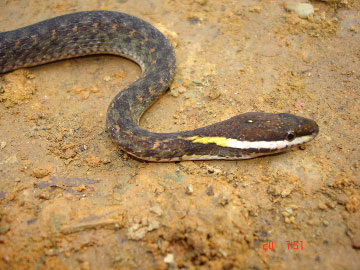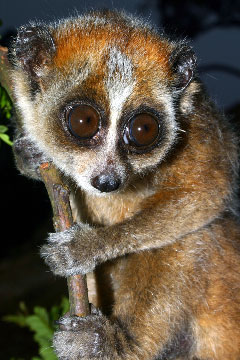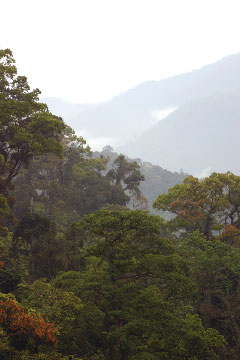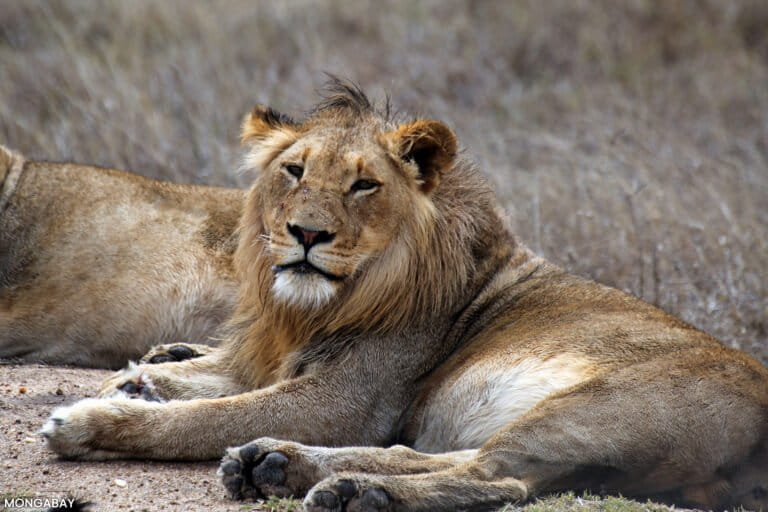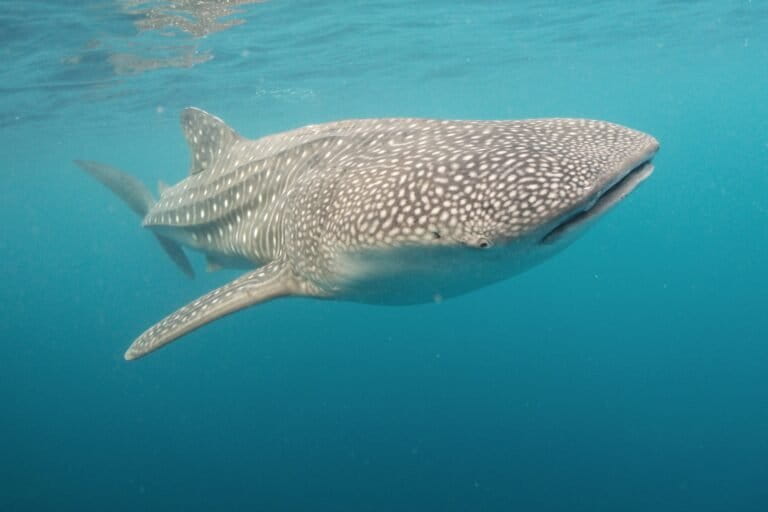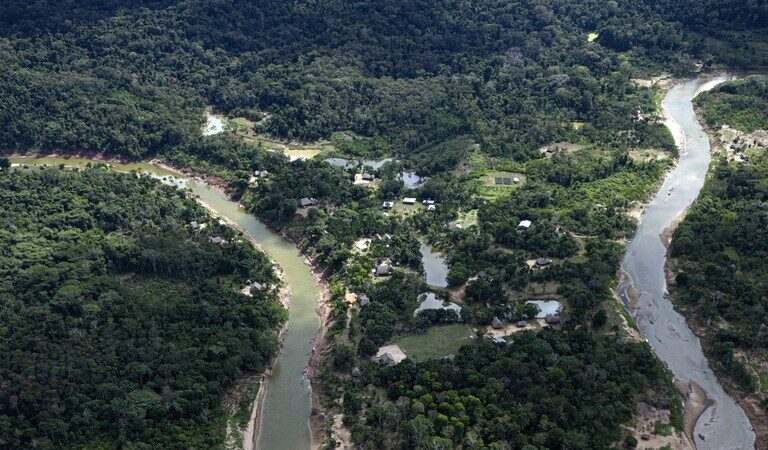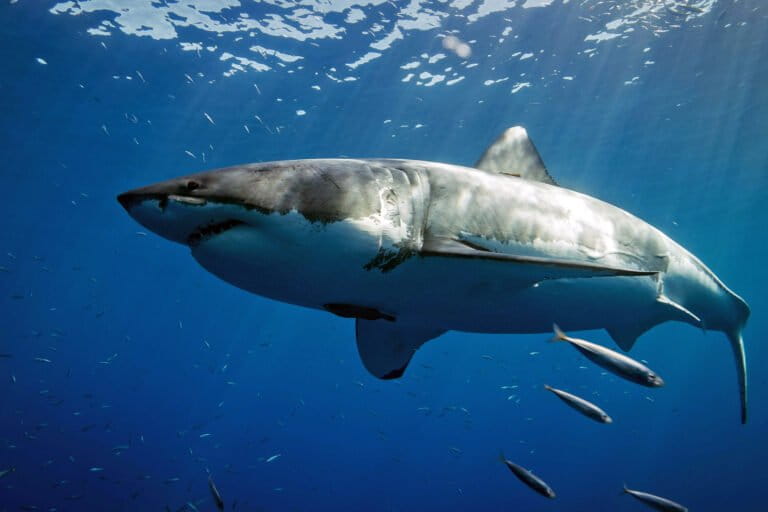Pictures: 11 new species discovered in Vietnam
11 new species discovered in Vietnam’s Green Corridor
Jeremy Hance, special to mongabay.com
September 29, 2007
On September 26th, scientists from World Wildlife Fund announced the discovery of eleven new species: one snake, two butterflies, five orchids, and three other plants in Vietnam’s biologically rich Green Corridor. The discoveries were made between 2005 and 2006.
The snake, with a defining white yellow-stripe just below its eyes, has been named the white-lipped keelback. It feeds on small river animals and can grow to nearly a yard in length.
|
White-lipped keelback snake. Photo by Raoul Bain. |
The butterflies are a skipper from the genus Zela, and a specimen that looks to be of a new genus in the subfamily Satyrinae. Since 1996 eight species of butterfly have been discovered in this area, making it of particular interest for lepidopterists. Two experts are currently studying the butterflies in the region.
Three of the new orchids are exceptionally unique; they are entirely leafless and live on decaying matter rather than photosynthesis. There are an additional ten orchids under study that may turn out to be new to science as well. The other plants include a yellow arum and an aspidistra with flowers that appear almost black. Dr. Chris Dickinson, WWF’s chief scientist in the Green Corridor states that “discoveries of so many new species are rare and occur only in very special places like the Green Corridor.”
|
Loris. Photo by Dr. Leonid Averyanov
Forests of the “Green Corridor” in Vietnam. Photo by Dr. Leonid Averyanov |
This lowland wet evergreen forest has long been a goldmine for new and rare species. The saola, one of the world’s rarest mammals, was only discovered in 1992. The main threat to this shy forest bovine is hunting. But good news arrived recently as the provinces of Thua Thien Hue and Quang Nam have agreed to a ten point action plan to save the saola, including two new reserves. Other threatened mammals in the Green Corridor include the white-cheeked gibbon, the red-shanked Douc’s Langur, the Truong Son Muntjac deer, and the loris. Additionally fifteen species of reptiles and amphibians and six species of birds are known to be threatened. The endangered Edward’s pheasant, a unique case, was only rediscovered in the 1990’s after it had long been assumed extinct. Dr. Dickinson says that these discoveries “may be just the tip of the iceberg.”
Unfortunately, the eleven new species of the Green Corridor are already considered threatened according to WWF scientists. Logging, hunting, and development provide the major threats.
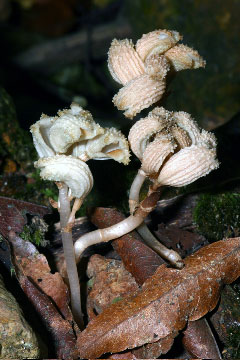
Gastrodia theana. Photo by Dr. Leonid Averyanov
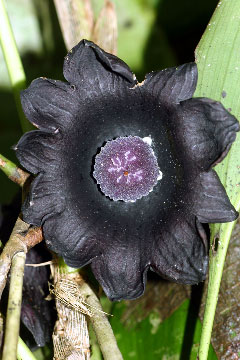
Aspidistra species. Photo by Dr. Leonid Averyanov



